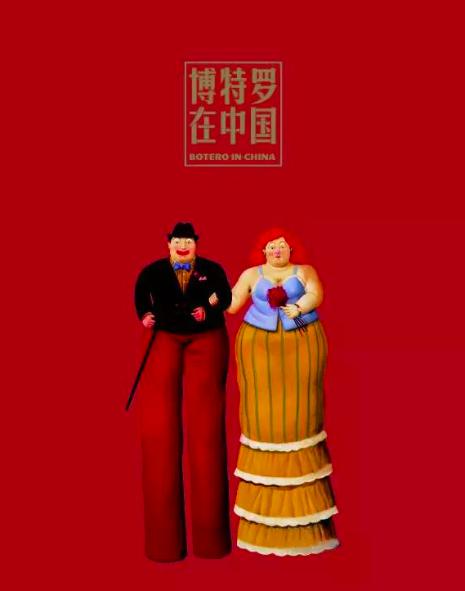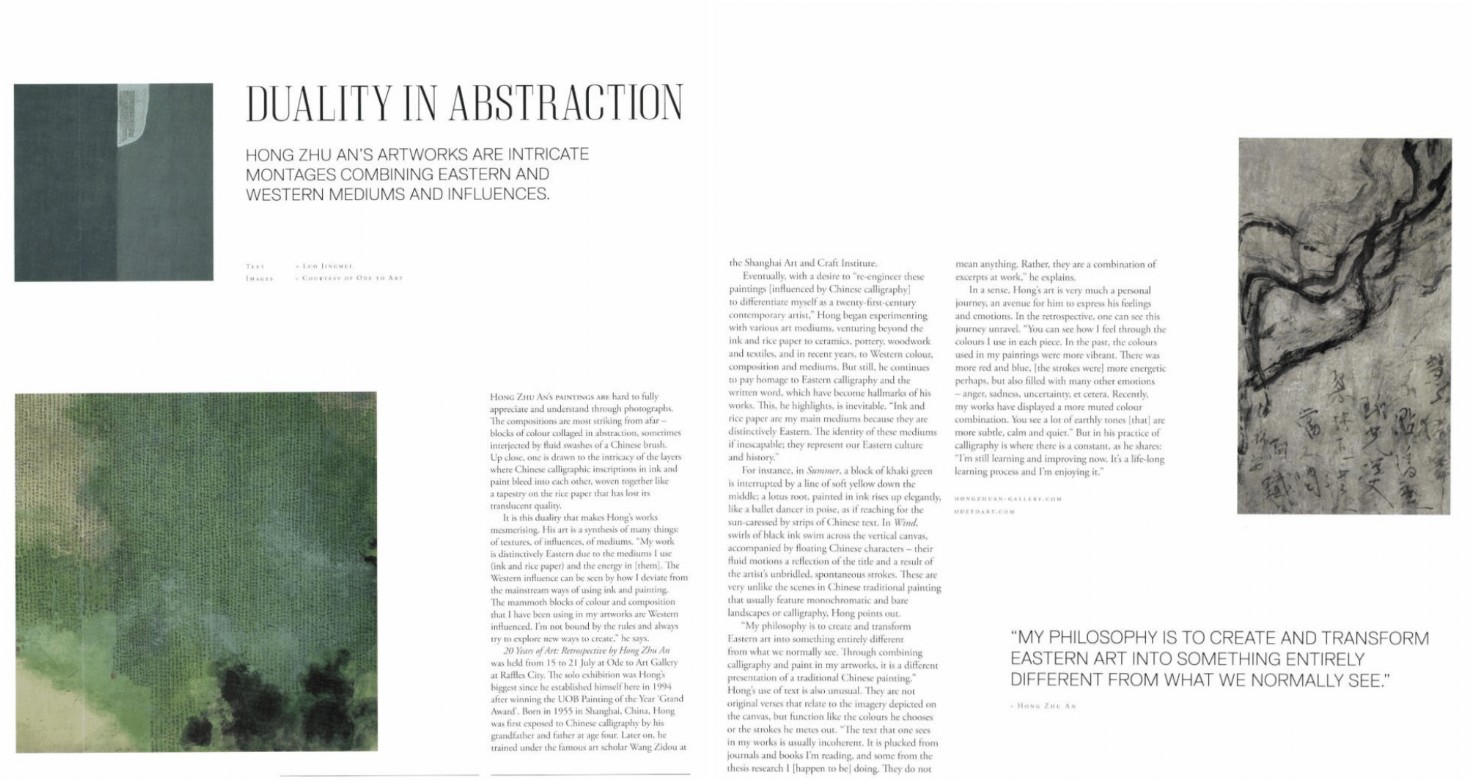All About Artists
The Calligraphy of Lim Tze Peng
Want to know more about the calligraphy of Lim Tze Peng? Read on.
By Ode To Art
Alongisde his magnificent depictions of Singapore and the rustic nostalgia of time gone by, veteran ink artist Lim Tze Peng is also an ardent calligrapher, continuing his practice to this day. At 92 years of age, the artist admits that age has altered the pace and characteristics of his production. He resolves to paint every day, even if it is to write calligraphy. "The highest aesthetic in Chinese art is calligraphy, not ink paintings", Tze Peng asserts, "Lines form the basis of all calligraphic work and paintings," yet, even with his calligraphy, we note the same firm basis for the foundation of his expression. He may write in many known genres of clerical script, even seal script or grass (cursive) script, articulating and quoting famous colophons and poems of different dynastic eras.
His compositions and textural play still convey emotion with a compelling force. In his range of work, there are pieces that resemble the ancient stone rubbings he has spoken so highly of and these are a variation of either writing in both ink and white pigments to shadow the script forms, or 'writing' in the negative space and colouring in the positive space. This results in words appearing as intaglio carved scripts onto a surface that is printed onto the paper. Make no mistake, these works are the result of writing by hand, and not printing by stone blocks. The gestures found in his calligraphy of this style demonstrate the fullness of handmade markings, creating a rough, almost primitive simplicity that Tze Peng admits he, himself, enjoys and appreciates. Further, in exploring his many calligraphic renderings, one becomes aware of his agility in transforming the practice into a hybrid of a new form that presents abstraction and a contemporary vibe. Words in the cursive grass style are written over, condensed and with deft strokes and generosity of wet and dry brush ink, come together in an ancient yet visibly contemporary portrayal of life. This marvellous spectrum is achieved despite the frequent lone uses of black ink on white space.
His compositions and textural play still convey emotion with a compelling force. In his range of work, there are pieces that resemble the ancient stone rubbings he has spoken so highly of and these are a variation of either writing in both ink and white pigments to shadow the script forms, or 'writing' in the negative space and colouring in the positive space. This results in words appearing as intaglio carved scripts onto a surface that is printed onto the paper. Make no mistake, these works are the result of writing by hand, and not printing by stone blocks. The gestures found in his calligraphy of this style demonstrate the fullness of handmade markings, creating a rough, almost primitive simplicity that Tze Peng admits he, himself, enjoys and appreciates. Further, in exploring his many calligraphic renderings, one becomes aware of his agility in transforming the practice into a hybrid of a new form that presents abstraction and a contemporary vibe. Words in the cursive grass style are written over, condensed and with deft strokes and generosity of wet and dry brush ink, come together in an ancient yet visibly contemporary portrayal of life. This marvellous spectrum is achieved despite the frequent lone uses of black ink on white space.



